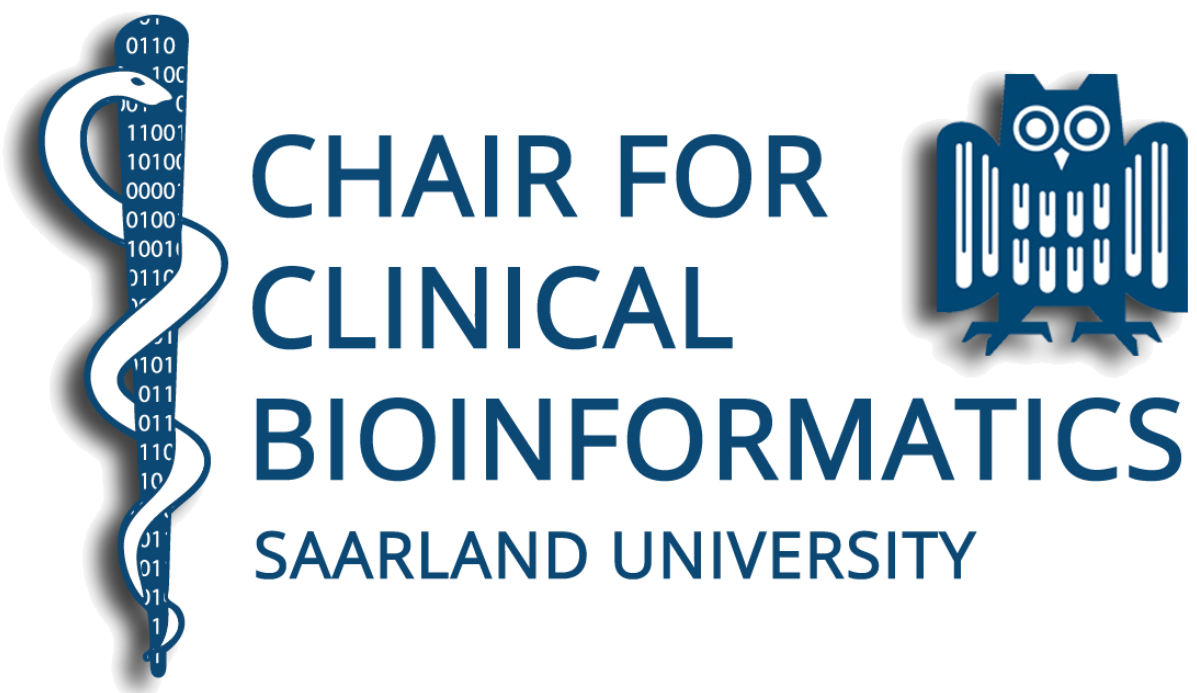This is a block seminar covering topics related to miRNAs and their use in clinical applications. Tutor:
- Mustafa Kahraman
- email: muka.uni@gmail.com
Dates:
| Registration * | from October 16 to 23, 2018 HERE |
| Kick-off meeting [optional] | October 26, 2018 – 3 p.m. (s.t.) – E2.1, room 206 |
| Deadline to (de-)register in HISPOS OR de-register from seminar * | November 16, 2018 (3 weeks after the kick-off meeting) |
| Deadline for feedback ** [optional] | January 20, 2019 |
| Presentations | February 18, 2019 |
| Summary submission deadline | February 25, 2019 |
**If you would like to get feedback about your slides, e.g. to improve your presentation before the talk, send your slides to the tutor before the feedback deadline. We strongly encourage you to take this opportunity. Before sending in the slides, check out our presentations guidelines. Please note: The more complete the submitted presentation the more helpful the feedback can be. Please try to avoid submitting half-finished slides.
Place and Time:
- E2.1, room 206, 9 a.m. (s.t.)
Certificate requirements:
- Successful presentation:
- Talk: 40 minutes (seminar)
- Questions from the audience after the presentation
- Attendance to all presentations
- Submitting a summary (ca. 2 pages)
Topics
| Nr. | Presentation | Topic | Participant |
| 1 | Seminar | High-throughput qRT-PCR validation of blood microRNAs in non-small cell lung cancer | Markus D. |
| 2 | Seminar | Tumor MicroRNA Expression Profiling Identifies Circulating MicroRNAs for Early Breast Cancer Detection | Shakhawat N. |
| 3 | Seminar | MicroRNAs accurately identify cancer tissue origin | Anurag N. |
| 4 | Seminar | Bioinformatics-Based Identification of MicroRNA-Regulated and Rheumatoid Arthritis-Associated Genes | Annekathrin L. |
| 5 | Seminar | Improving microRNA target prediction with gene expression profiles | Sanjana B. |
| 6 | Seminar | Technical Stability and Biological Variability in MicroRNAs from Dried Blood Spots: A Lung Cancer Therapy-Monitoring Showcase | Itrat R. |
| 7 | Seminar | The Connectivity Map: Using Gene-Expression Signatures to Connect Small Molecules, Genes, and Disease | Basak U. |
